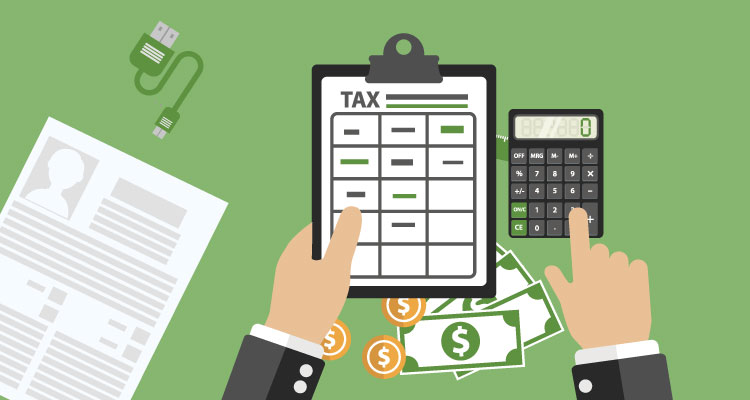Most entrepreneurs don’t get too excited about filing taxes. Self-employment taxes can be high and it can also be a challenge to keep all your financials organized throughout the year. The fact that you might have to pay taxes 4 times a probably won’t help your enthusiasm either.
Paying taxes are inevitable though, and you’ll want to make little to no mistakes to make the process run much smoother. Here are 3 quarterly tax reporting mistakes you’ll want to avoid.
Table of Contents
Toggle1. Not Paying Quarterly Estimates in the First Place
Waiting around until the April deadline to file your taxes can be a huge mistake if you’re self-employed. The IRS charges a penalty if you don’t pay quarterly estimated taxes so it can be easily avoided.
I was overwhelmed during my first year of self-employment and chose not to pay quarterly estimates. While I did set aside money for taxes each month, I was also slapped with a big tax bill when I filed in February. The tax bill also included the IRS penalty.
As a business owner, you have to be smart about your money. I didn’t want to waste an extra dime on unnecessary penalties so I told my accountant to remind me of the deadlines and help me determine what I needed to pay for estimates each quarter.
2. Underestimating Your Quarterly Payments
I like to work with a tax professional to help me determine what my quarterly payments are. I know what my tax bracket is and have an idea of how much I need to set aside each month.
However, there’s always the risk of underestimating your quarterly tax payments and still owing money to the IRS come April.
If you underpay your estimated taxes, the IRS imposes an interest penalty. The interest is based on the difference between the amount you should have paid for each quarter and the amount you actually paid for as long as the underpayment remains outstanding. While the interest rate is pretty low around 3%, it still might not be worth the risk of skipping or underpaying your taxes.
This is why it’s important to properly track your income and expenses using bookkeeping software. You may even want to get advisement from your accountant or a tax professional you trust. It probably won’t cost a ton of extra money either. My accountant rolls this service into his annual fee for me.
3. Not Setting Aside Extra Tax Savings After Paying Your Estimates
Let’s say your accountant tells you what you owe this quarter for taxes and it’s less than you expected. While this may be exciting, you may want to pump the breaks before you spend the extra money in your tax account on a vacation or other business expenses.
Remember, throughout the year, you’re just paying estimates. If your income or expenses change or if you happened to underpay, you may still have a bill from the IRS in the spring.
If you don’t have any extra tax savings set aside, this will put you in a tough place and you may even be charged interest on the payment amount.
To avoid this, make sure you keep a tax savings cushion even after you’ve paid quarterly estimates. Once you know that everything is all paid up and you’re on good terms with the IRS, you can then decide what you want to do with the refund or extra savings.
4. Not Keeping Up With Payment Receipts
The IRS isn’t perfect and may make mistakes too. Someone I know made accurate quarterly tax payments on time and was still told she was missing payments.
Luckily, she kept her receipts organized and checked over the forms her accountant failed to catch the mistake. There’s nothing worse than paying taxes and not having those payments credited.
This is a terrible mistake that can easily be avoided by organizing your receipts and carefully looking over everything.
Summary
Paying taxes may never be your favorite part of being self-employed, but it’s a necessary task. You work hard for your money and shouldn’t waste a penny on unnecessary charges. Make it easier on yourself and prevent penalty charges by avoiding these 4 quarterly tax payment mistakes.













